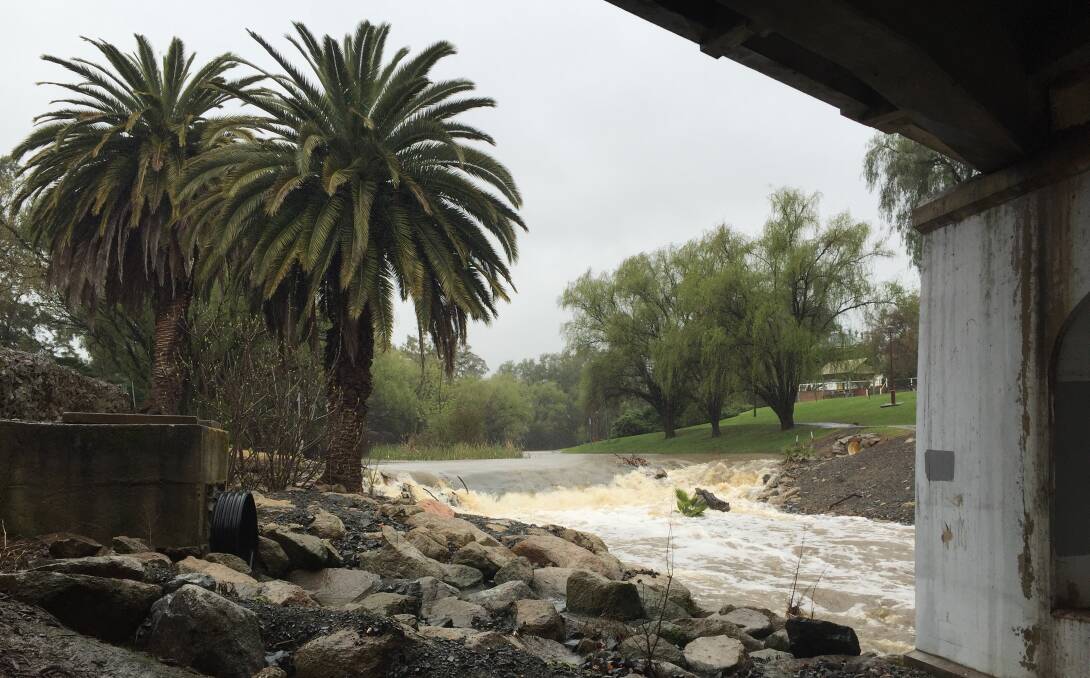
The wet weather is set to continue throughout September to November after the State saw the wettest August in 13 years.
Subscribe now for unlimited access.
or signup to continue reading
Areas of NSW Northern Tablelands, north coast and the Hunter Valley received more than 100–200 mm during August, while areas of the Central West, Central and Southern Tablelands, Riverina, far south and North West received between 50–100 mm.
Young, Cowra, Parkes, Forbes and Grenfell, since May 1 have recorded more wet days then dry days.
Up until Wednesday, September 21 in Young it has rained on 89 days since May 1 with 559.4mm of rain falling.
In Cowra it has rained on 97 days out of 144 days, since May 1 with 473mm of precipitation recorded.
Grenfell has received 572.4mm and 79 wet days in the same period.
Further west at Parkes and Forbes it has been drier but they too have recorded wet winters and a wet start to Spring with no relief in site.
It has rained on 70 days in Forbes with 394.2mm falling and at Parkes it has rained on 64 days for 455mm.
Despite all of the rain it’s not time to build the ark as we haven’t had 40 days and nights of consecutive rain but it did go close during July and August.
The wet has caused the cancellation of sport and community events throughout the region and caused havoc with roadworks.
The big wet has seemed even worse in Cowra as it has rained on every weekend in Cowra over the May to September period.
Young has had just two weekends when no rain was recorded, Grenfell six, Parkes three and Forbes seven.
Farmers throughout the region are looking to the sky for relief with crops under water and stock suffering as a result of the drenching.
Canola crops are in great condition but harvesters won't be able to access paddocks if conditions don’t ease up.
NSW Department of Primary Industries (DPI) Seasonal Conditions Coordinator Ian McGowen said during August most of the State received above average rainfall.
“The early sown winter crops continue to show the best potential, with yields in better drained areas or on lighter soils likely to be average to above average,” Mr McGowen said.
“In some areas of the Central West and Riverina crop losses from 10-30 per cent of sown area to complete crop failure have occurred. Pulse crops have been worst affected.
“The wet conditions have greatly increased crop disease problems such as yellow leaf spot and stripe rust in wheat and net blotch and bacterial stripe in barley.
“The wet conditions have contributed to issues with foot scald, bloat and increased worm burdens.”

